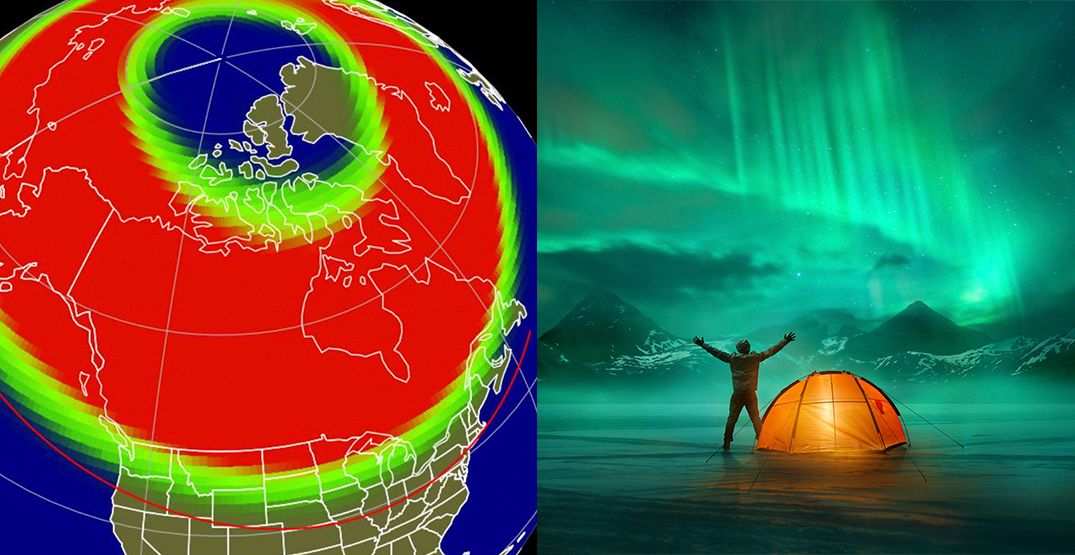Get ready for a dazzling spectacle in the night sky as another round of northern lights could grace us with their mesmerizing dance. If you missed out on the recent geomagnetic storm or simply can’t get enough of this natural phenomenon, here’s your chance to witness its beauty once again.
The Space Weather Prediction Center has indicated that the active geomagnetic storm conditions are likely to persist for a while longer. The Earth’s magnetic field is still reeling from the impact of a coronal mass ejection (CME) that occurred in the early hours of June 1, coupled with the influence of high-speed solar wind from coronal holes. Moreover, there’s a possibility of another CME hitting around June 2, keeping the aurora potential alive.
“We just entered what looks to be the ‘core’ of the first structure,”
shared space weather physicist Tamitha Skov.
“Considering this storm is comprised of material from multiple CMEs all compressed into one composite structure, there is a chance we will see more than one ‘core’ signature.”
Excitingly enough, there’s more cosmic action on its way. Another CME is en route to Earth, albeit smaller in scale, and could reignite geomagnetic activity around June 2 or 3. Expectations are set for weaker aurora displays compared to current levels but still promising enough for G1-G2 level storms by midday on June 3.
The science behind these mesmerizing light displays lies in how CMEs interact with our planet. These solar storms carry electrically charged atoms that trigger geomagnetic disturbances when they collide with Earth’s magnetosphere. This interaction leads to spectacular light shows known as auroras as energy gets released through collisions with gases in our atmosphere.
During such events, observers can witness nature’s own fireworks – the northern lights (aurora borealis) in the Northern Hemisphere and southern lights (aurora australis) in the Southern Hemisphere. Geomagnetic storms come in various intensities measured on a G-scale ranging from minor disturbances at G1 level to extreme events at G5 intensity.
With potential sightings reaching as far south as New York and Idaho if G2 levels are attained, eager skywatchers have an exciting opportunity ahead. So keep those eyes peeled and cameras ready for a celestial performance that promises to paint the night sky with vibrant hues.
As we await this celestial extravaganza, remember that nature always has surprises up its sleeve, and each display offers a unique experience worth cherishing.

